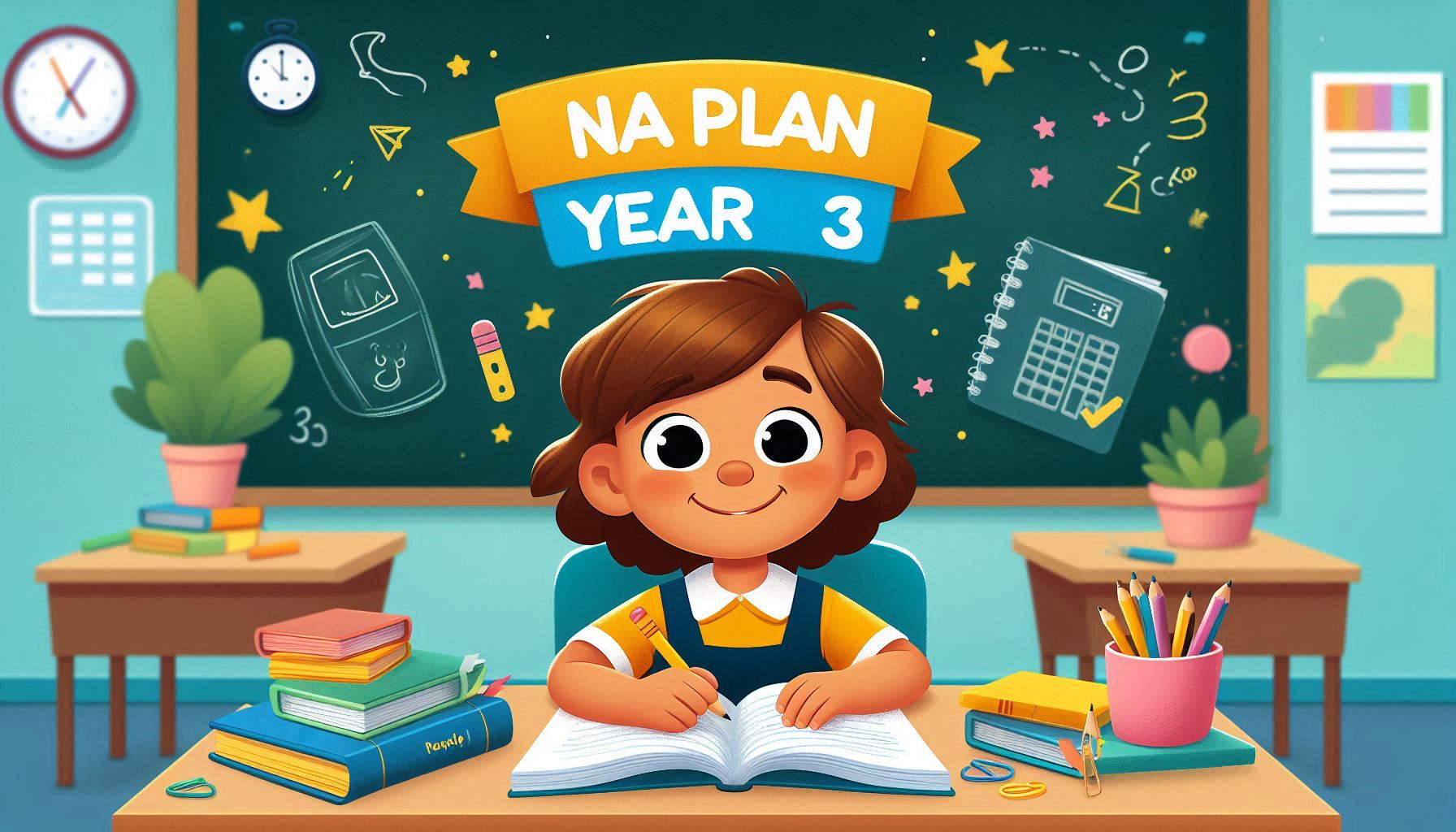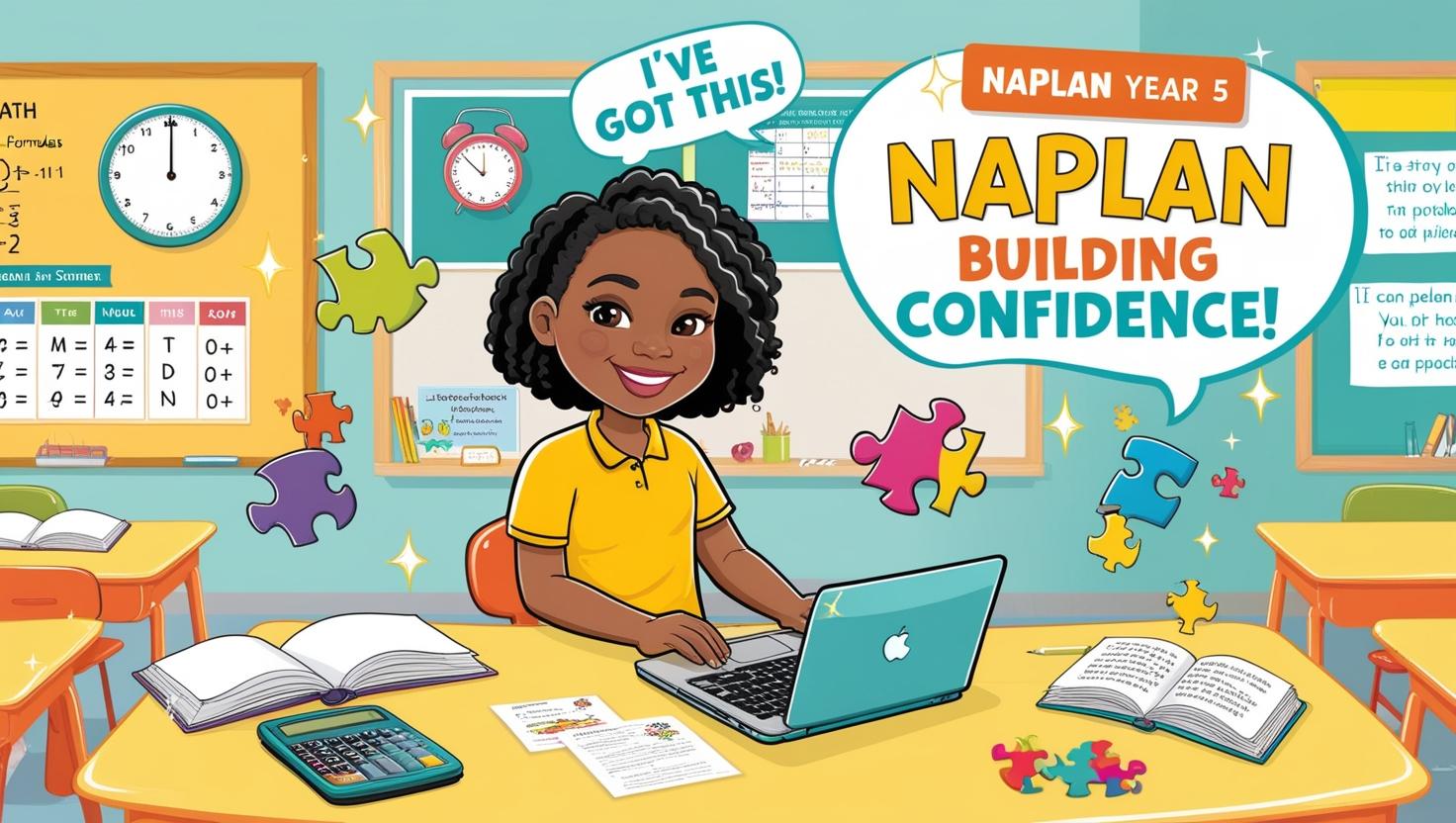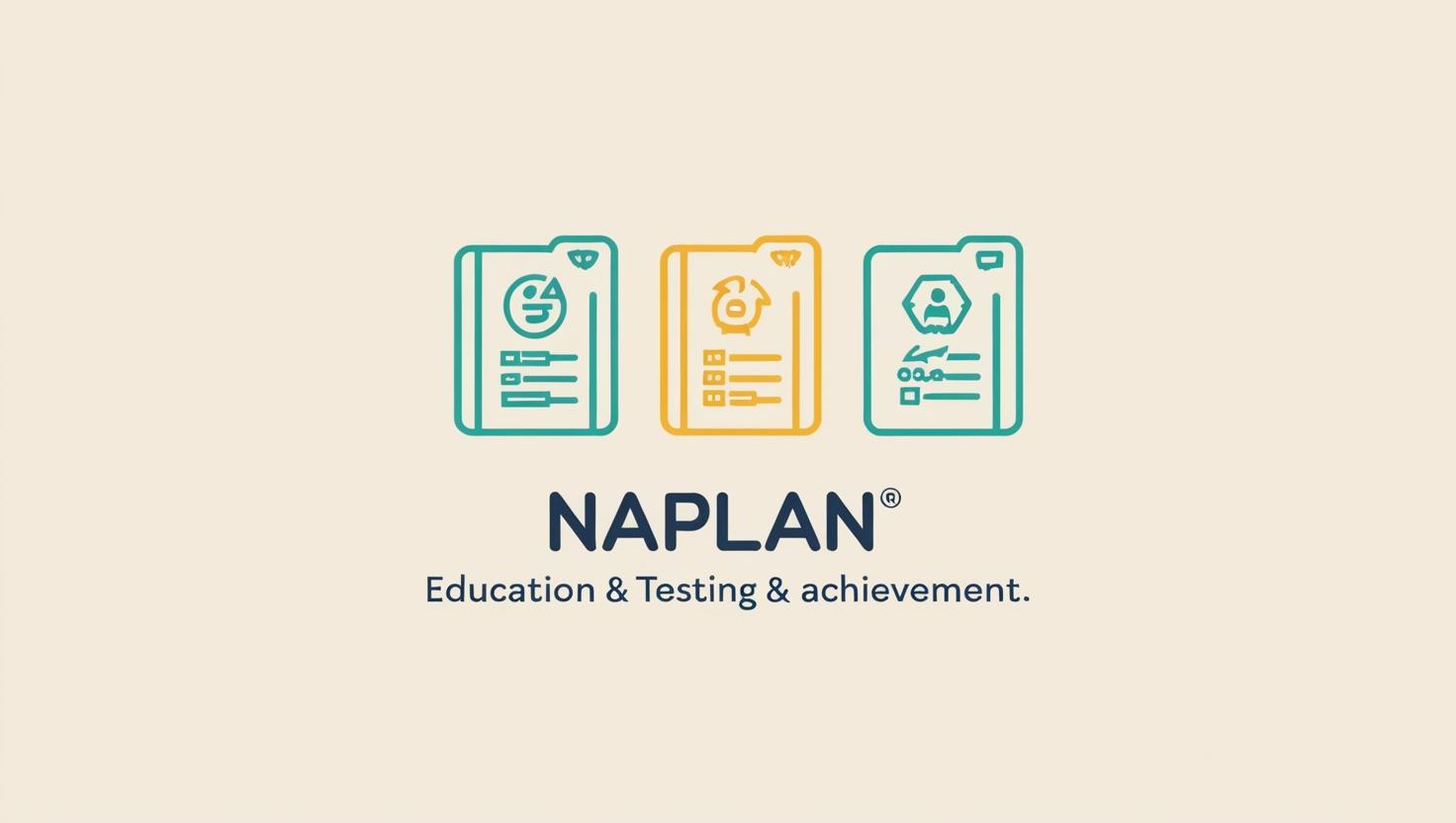· TopTierMaths · NAPLAN · 2 min read
NAPLAN Year 3 Test - Everything You Need to Know
A comprehensive guide to the Year 3 NAPLAN assessment, covering test structure, preparation tips, and key areas of focus.

Introduction
The Year 3 NAPLAN (National Assessment Program – Literacy and Numeracy) test is an important milestone for young students in Australia. It provides an early snapshot of a child’s skills in reading, writing, language conventions (spelling, grammar, and punctuation), and numeracy. While this is often the first time students sit for such a standardized test, the main purpose of Year 3 NAPLAN is to help teachers and parents identify areas of strength and where extra support might be beneficial.
Test Components
Year 3 students are assessed in four areas:
Reading
- Typically includes a series of short passages.
- Questions may be multiple-choice, matching, or short-response.
- Focuses on comprehension skills, ability to identify main ideas, and infer meaning.
Writing
- Students respond to a writing prompt that is either narrative or persuasive.
- Assessment areas include idea organization, spelling, grammar, punctuation, and appropriate language use.
Language Conventions
- Covers spelling, grammar, and punctuation skills.
- Students may need to spot spelling errors, complete sentences, or identify punctuation mistakes.
Numeracy
- Tests fundamental math operations (addition, subtraction, multiplication, division).
- Includes patterns, measurement, basic geometry, and simple data interpretation.
- Questions can be short-answer or multiple-choice.
How to Prepare
Establish a Reading Routine
- Encourage daily reading to build vocabulary and comprehension skills.
- Discuss stories and ask open-ended questions.
Practice Basic Numeracy
- Focus on number facts and simple mental arithmetic.
- Use fun tools like flashcards or number games to make practice engaging.
Familiarize Them With Test Formats
- Show sample Year 3 papers so they know what to expect.
- Practice filling in multiple-choice bubbles and writing short answers.
Encourage Creative Writing
- Ask your child to write short stories or keep a journal.
- Emphasize clarity of ideas, correct spelling, and punctuation.
Stress Management
- Remind students that NAPLAN is a diagnostic tool, not a pass/fail exam.
- Provide reassurance and maintain a relaxed environment.
Key Tips for Parents
- Positive Reinforcement: Praise effort and progress rather than focusing solely on scores.
- Balanced Routine: Ensure a healthy balance of study, play, and rest.
- Stay Informed: Connect with your child’s teacher about their progress and any additional support they may need.
Conclusion
The Year 3 NAPLAN assessment sets a foundation for understanding your child’s literacy and numeracy skills. With supportive preparation and a reassuring approach, students can gain confidence and valuable test-taking experience. Remember that NAPLAN is just one tool among many to help gauge your child’s academic journey.



